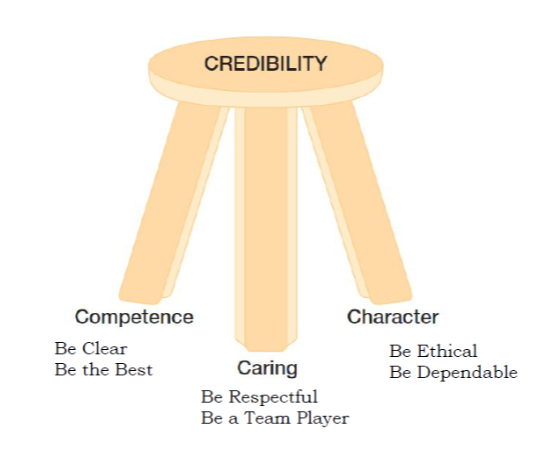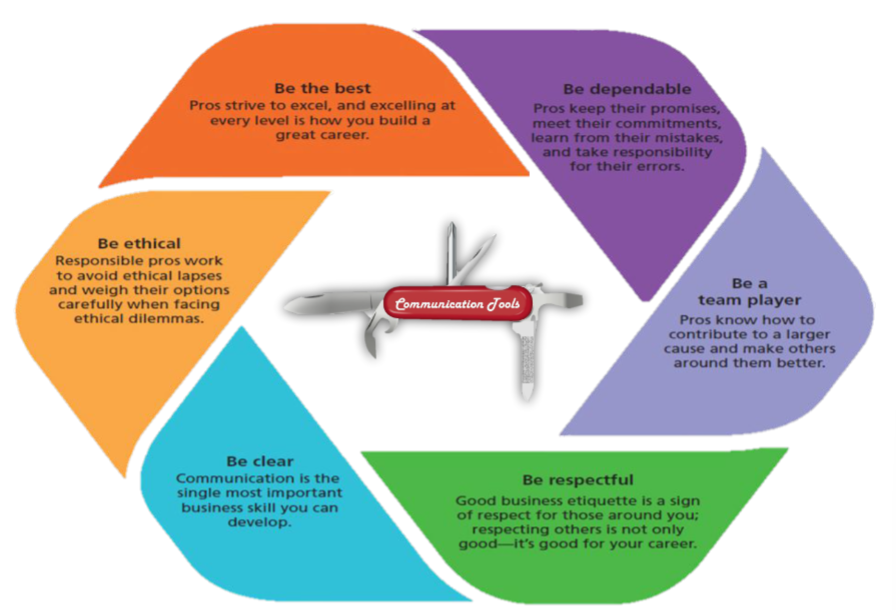study guide: Chapters 1 & 2 – Interpersonal Communication & Emotional Intelligence
1/16
There's no tags or description
Looks like no tags are added yet.
Name | Mastery | Learn | Test | Matching | Spaced |
|---|
No study sessions yet.
17 Terms
Ineffective communication has several costs
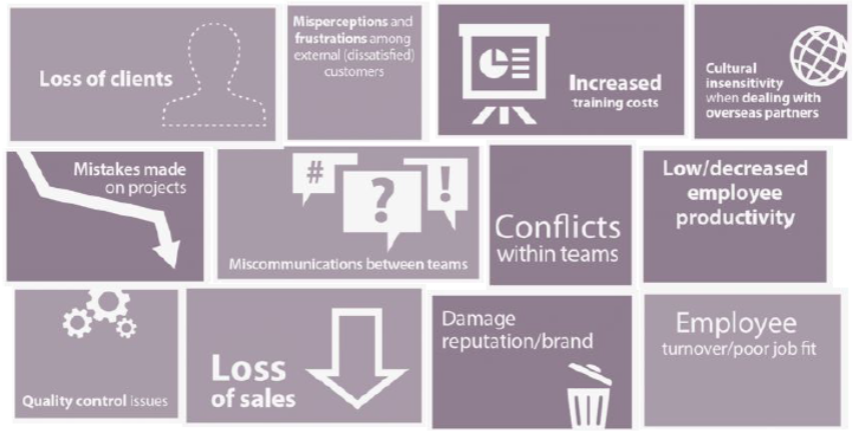
Good communication is the
most desirable skill by employers
Components of communication:
Sender
Message
Channel
Receiver
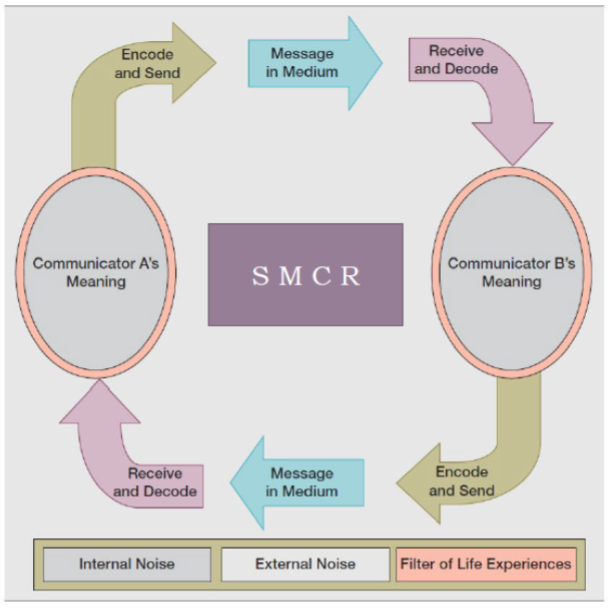
Noise disrupts the
communication process
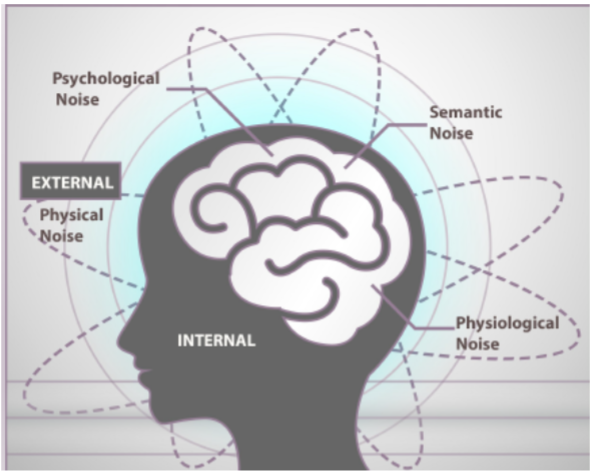
Types of Noise/barriers:
Physical noise
Physiological noise
Semantic noise
Psychological noise
Physical noise -
External distractions in your environment, e.g.
Loud sounds
Crowded areas
Blurry videos
Undelivered messages

Physiological noise
The listening rate gap between the speaker and listener makes it easy for the mind to wander
Physical and physiological noise leads to semantic noise

Semantic noise -
different meanings for the same words/phrases

Psychological noise
Emotional hijacking - when strong emotions take over, causing people to act irrationally or impulsively

Shared meaning -
is when the speaker and receiver have a mutual understanding of the message (Filter of Lifetime Experiences)
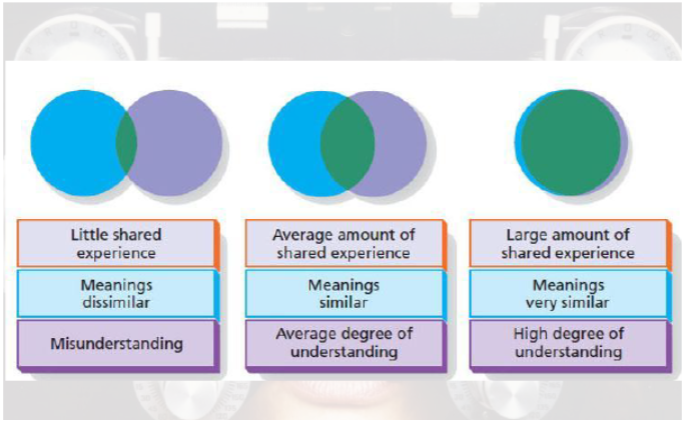
What to do about the noise:
Communication competence
No ideal way to communicate
Competence can be learned
Know your audience, and adapt accordingly
Overcome barriers to communication
Manage emotions in communication
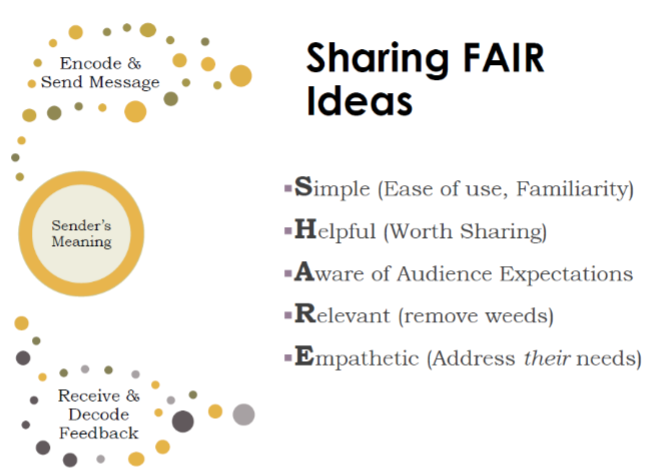
Emotional Intelligence
Self-awareness
Self-management
Empathy
Relationship Management
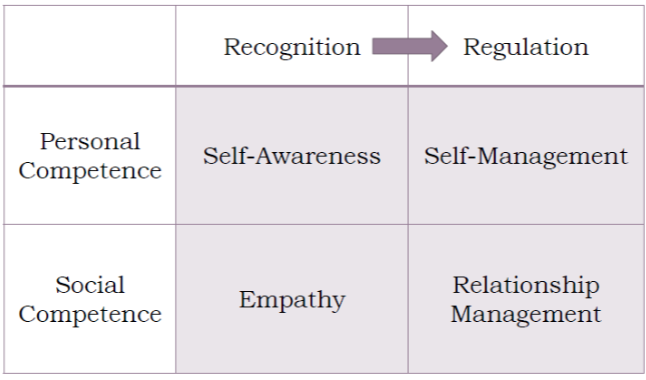
Self-awareness
What triggered me?
Self-management
Make a distinction between feelings and actions
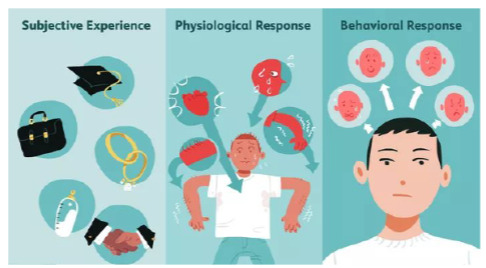
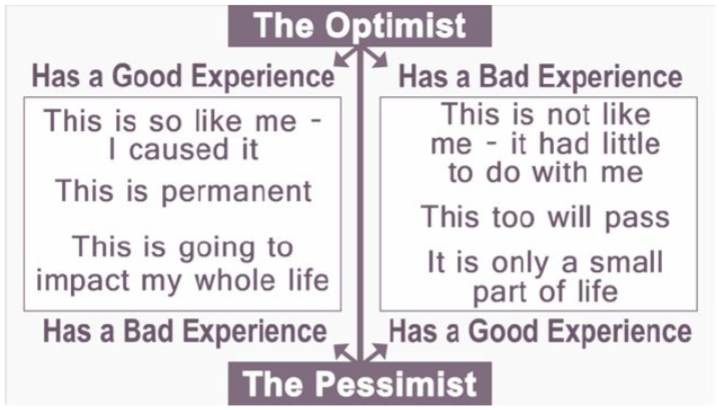

Empathy
Active listening:
Look (Pay attention)
Inquire (Ask for clarification)
Summarize (Confirm your understanding)
Take notes
Express your ideas (Share & encourage)
Neutralize (Hold Judgement)
Relationship Management
Attend work-related social outings
Keep records of people in your network
Greet others by Name and maintain regular contact
What do employers want?
Professionalism - doing more than the bare minimum
Communication tools - Credibility consists of 3 things
Competence
Character
Compassion
